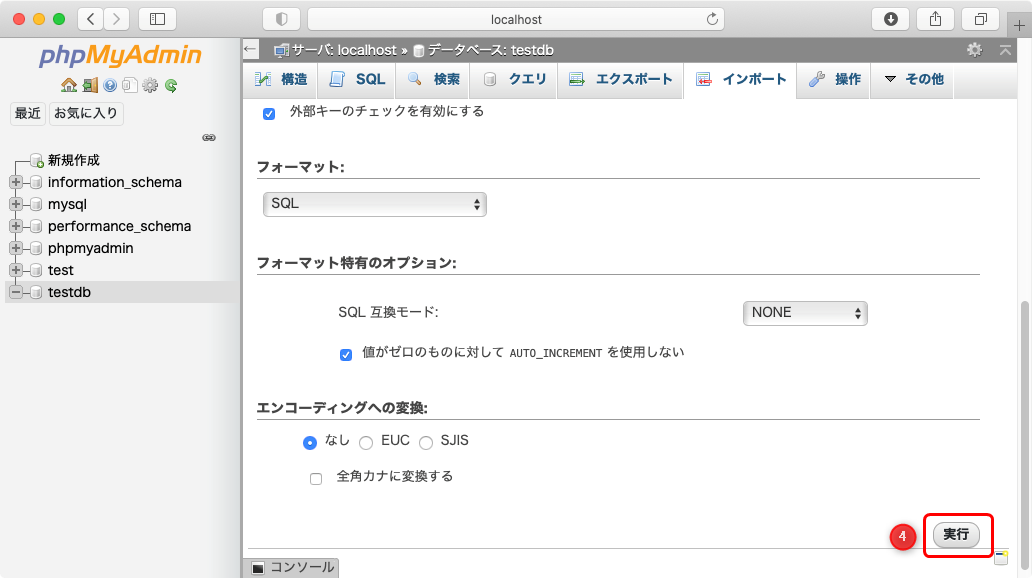
TypeScript project reports Unknown file extension ".This will create a secure tunnel by forwarding a port (the destination port) on the remote server to a port (the source port) on the local host (127.0.0.1 or localhost). Use a Virtualhost *:8080 including the phpmyadmin configuration, ServerName: algorithm array assembly attribute Browser c Character string Client code command configuration file container data Database Definition Edition element Example file function java javascript Journal link linux Memory method Model Modular mysql node object page parameter php Plug-in unit project python Route source code The server Thread time user Recent Posts Destination: localhost:80 Remember that if you are redirecting HTTP requests to the HTTPS port, you must use destination port 443 instead of 80.In general, I have written these in terms of giving information but there are many more functions.

We can create a new database or delete an existing database, edit tables, import files with. We provide the administration of the MySQL database through this tool. Frequently used operations (managing databases, tables, columns, relations, indexes, users, permissions, etc) can be performed via the user interface, while you. PHPMyAdmin is an open source tool written in PHP. phpMyAdmin supports a wide range of operations on MySQL and MariaDB. Window will prompt us to fill our MySQL username and password.

Second you can alter the Port of the Virtualhost (or you can just do one of theses things).Ĭheck this previous answer about IP/Name Virtualhosts, it will help you figure how Virtualhosts works. We are now going to install a program called phpMyAdmin which is an easy tool. Follow these steps: In the Connection -> SSH -> Tunnels section, add a new forwarded port by introducing the following values: Source port: 8888. This allows two things, first you could use a dedicated ServerName for this host. Once you have your SSH client correctly configured and you have confirmed that you can successfully access your instance using SSH, you need to create an SSH tunnel in order to access phpMyAdmin. Thoe first thing you could do is remove this main-all-virtualhosts-inclusion and only include this file with the Include keyword in one Virtualhost. The file /etc/phpmyadmin/nf is included from the main configuration (sometimes from a file in /etc/apache2/conf.d/nf). Usually the phpmayadmin configuration is included for all the Virtualhosts, that's a package installation behavior, and that's quite bad.


 0 kommentar(er)
0 kommentar(er)
